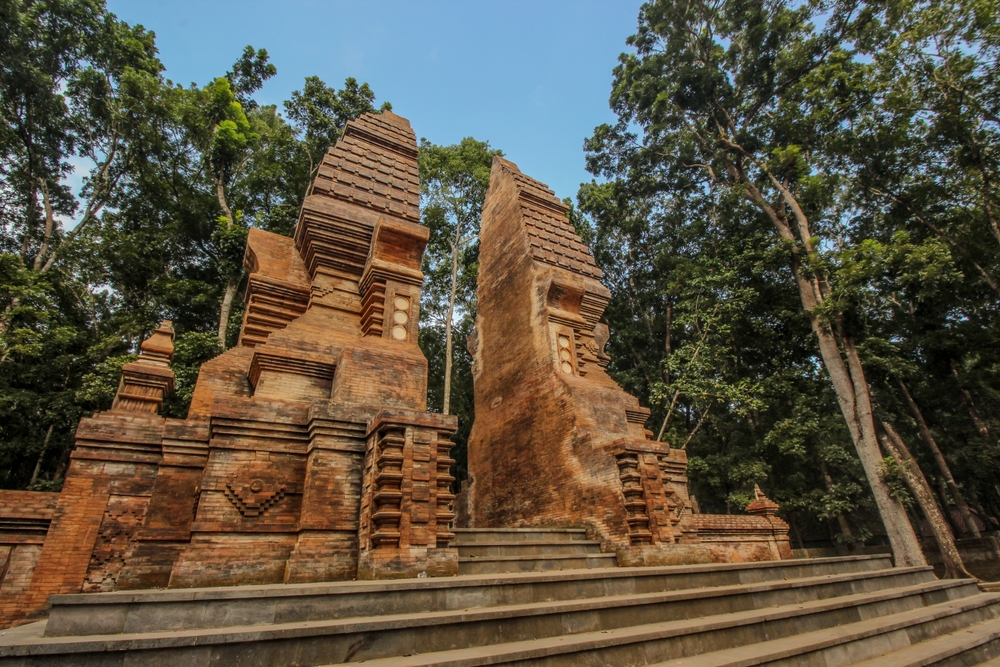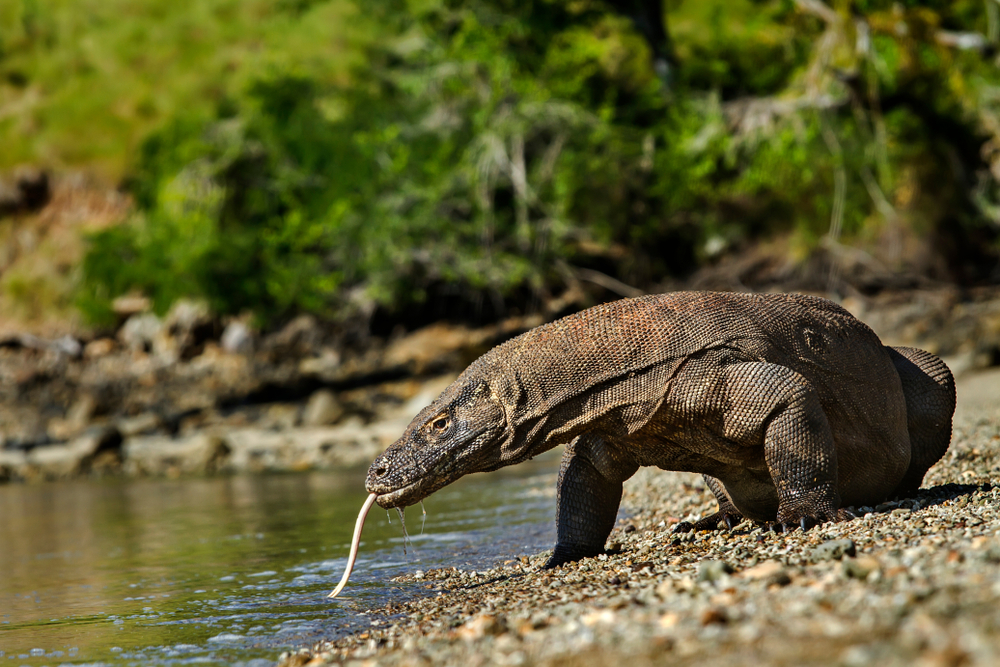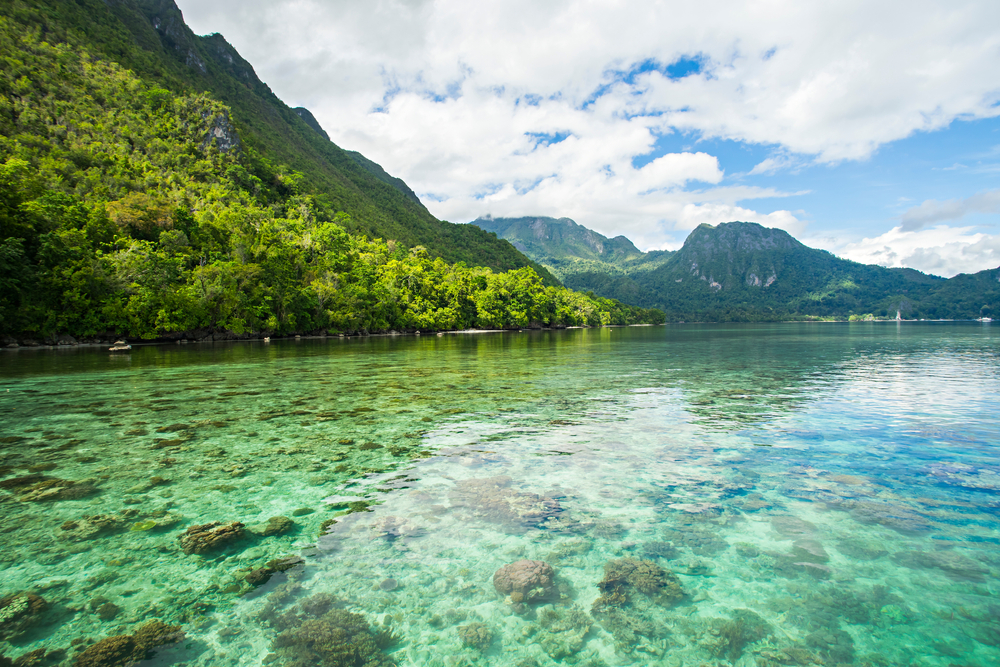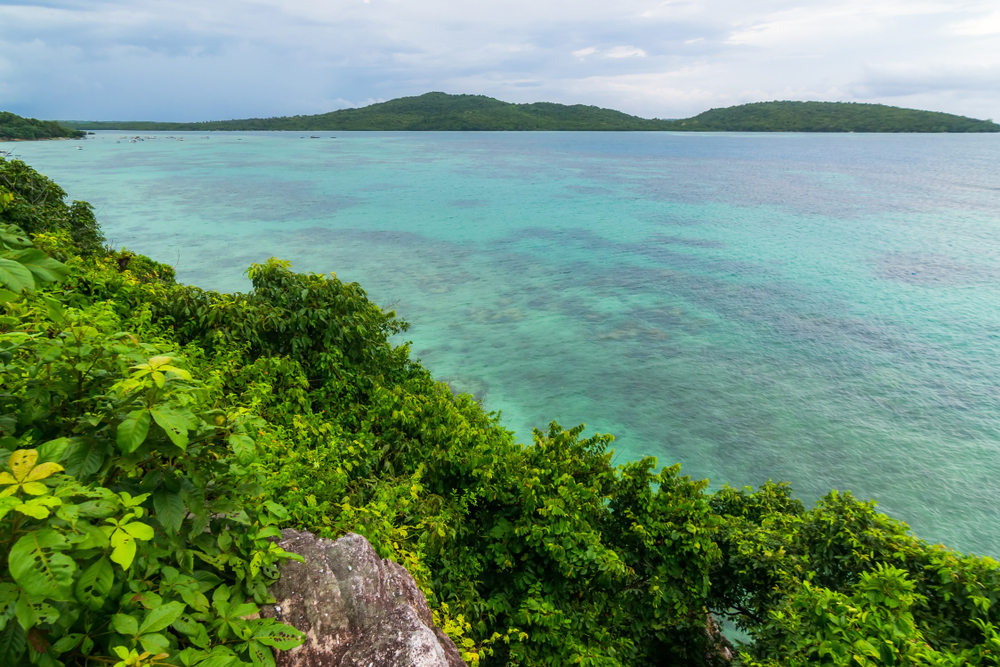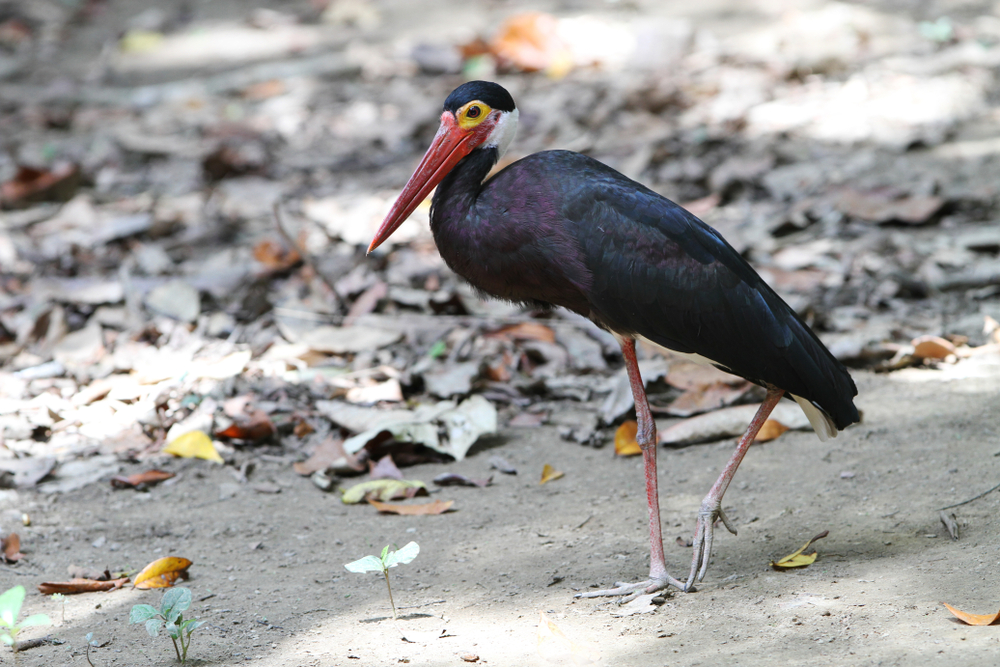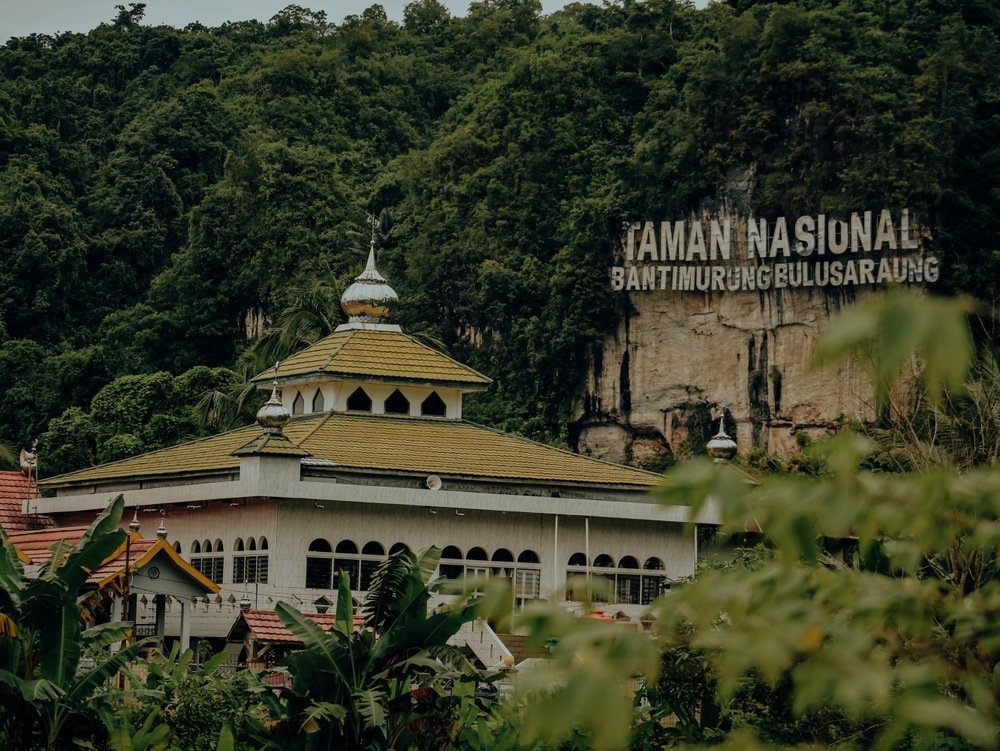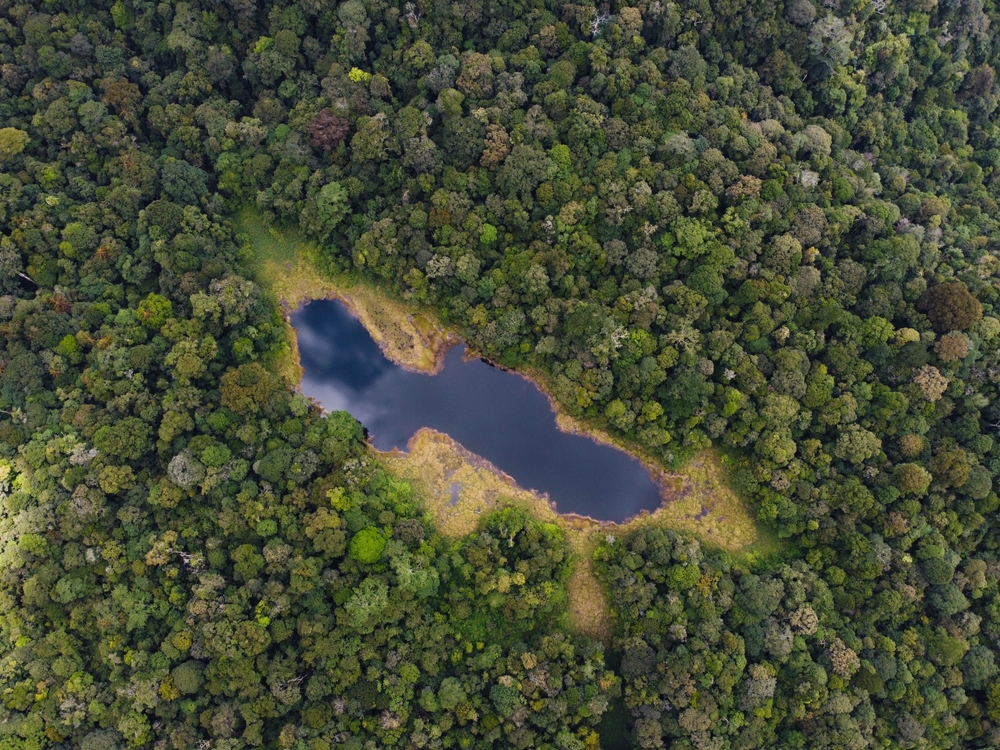Alas Purwo Overview
Alas Purwo National Park, known locally as Taman Nasional Alas Purwo, is located in East Java, Indonesia, on the southeastern tip of the island. Spanning approximately 123 square miles (320 square kilometers), the park is famed for its dense forests, pristine beaches, and cultural significance.
Its name, translating to “The First Forest,” reflects local folklore that considers this area the cradle of the earth’s creation. The park is bordered by the Bali Strait to the south and features a mix of coastal, lowland, and mangrove ecosystems, making it a diverse and ecologically rich haven.
The terrain of Alas Purwo is dominated by lowland rainforests interspersed with open savannahs and mangroves along the coast. Towering trees such as teak (Tectona grandis), mahogany (Swietenia macrophylla), and several species of bamboo are characteristic of its lush vegetation. The park also boasts pristine beaches like Pancur and Plengkung, with the latter being a globally renowned surfing destination, famously nicknamed “G-Land” for its world-class waves.
Additional geographic highlights include the Sadengan Savannah, a grazing ground where wildlife congregates, and the mystical Gua Istana (Palace Cave), a site of spiritual significance often visited by pilgrims during traditional ceremonies.
Alas Purwo is a sanctuary for an impressive array of wildlife. Large mammals such as the Javanese banteng (Bos javanicus), rusa deer (Rusa timorensis), and wild boars are commonly seen in the savannah. The park is also a vital habitat for the endangered Javan leopard (Panthera pardus melas), which relies on its dense forests for survival.
Birdwatchers are drawn to Alas Purwo for its avian diversity, including vibrant green peafowls (Pavo muticus), black-naped orioles (Oriolus chinensis), and several species of hornbills. The surrounding coastal waters host olive ridley sea turtles (Lepidochelys olivacea), which nest along its beaches, particularly at Ngagelan Beach.
Visitors can enjoy the park’s many attractions through various activities. Surfing at Plengkung Beach attracts enthusiasts from around the world, while wildlife enthusiasts flock to Sadengan Savannah for observation.
Hiking trails through the lush jungle lead to caves and cultural sites, including Hindu temples that offer a glimpse into the region’s spiritual traditions. Mangrove tours and birdwatching trips along the coast further enhance the visitor experience.
Conservation efforts in Alas Purwo focus on preserving its biodiversity and mitigating human impacts. The park has faced challenges such as habitat encroachment and illegal logging, but local and national initiatives have seen successes in turtle conservation and reforestation. Collaborative efforts with local communities have also enhanced awareness of the park’s ecological and cultural significance, ensuring sustainable management of its resources.








































































